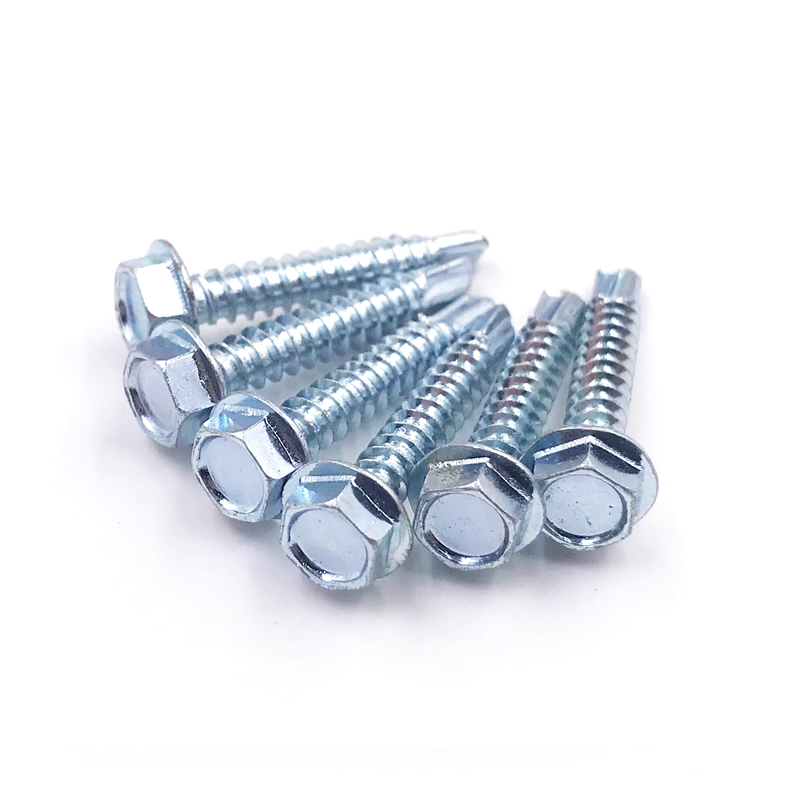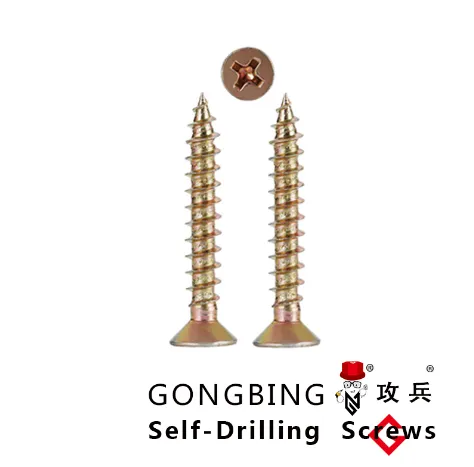Jan . 09, 2025 10:56
Back to list
nylon head self drilling screws
Self-drilling screws have revolutionized construction, automotive, and manufacturing sectors by offering an efficient and secure fastening solution. These screws combine a drill bit and fastener, eliminating the need for pre-drilled holes. Understanding the different types of self-drilling screws is crucial for professionals seeking to enhance their expertise and ensure the best results in their projects.
Modified Truss Head Self-Drilling Screws The wide, low-profile design of modified truss head screws provides a broad bearing surface, distributing loads effectively and reducing the risk of material distortion. These screws are optimal for fastening thin materials to metal substrates, such as sheet metal to metal studs, often used in HVAC ductwork installation. Industry veterans trust modified truss head screws for their superior grip and reduced material stress. Winged Self-Drilling Screws Winged self-drilling screws are specialized fasteners featuring additional protrusions, or wings, which help enlarge the hole as the screw penetrates the material. This design is particularly advantageous when attaching wood or composite materials to metal, preventing the wood from splitting and ensuring a snug fit. Professionals in cabinetry and wood framing often rely on winged screws when transitioning between different material types. Advanced Coatings and Materials Self-drilling screws are available in various coatings and materials, such as stainless steel, zinc-plated, and ceramic-coated. Experts advise choosing the type of coating based on environmental exposure—stainless steel for high-corrosion areas, or ceramic-coated for extreme temperature ranges. These options provide industry-leading corrosion resistance, prolonging the lifespan of the assembly and maintaining structural integrity over time. Incorporating the right type of self-drilling screw into your project can significantly enhance efficiency and durability. By aligning the screw type with the specific requirements of the job, professionals not only ensure optimal performance but also affirm their expertise and credibility in delivering high-quality results. This nuanced understanding of screw types enhances decision-making precision, ensuring the trusted application of knowledge across various industries.


Modified Truss Head Self-Drilling Screws The wide, low-profile design of modified truss head screws provides a broad bearing surface, distributing loads effectively and reducing the risk of material distortion. These screws are optimal for fastening thin materials to metal substrates, such as sheet metal to metal studs, often used in HVAC ductwork installation. Industry veterans trust modified truss head screws for their superior grip and reduced material stress. Winged Self-Drilling Screws Winged self-drilling screws are specialized fasteners featuring additional protrusions, or wings, which help enlarge the hole as the screw penetrates the material. This design is particularly advantageous when attaching wood or composite materials to metal, preventing the wood from splitting and ensuring a snug fit. Professionals in cabinetry and wood framing often rely on winged screws when transitioning between different material types. Advanced Coatings and Materials Self-drilling screws are available in various coatings and materials, such as stainless steel, zinc-plated, and ceramic-coated. Experts advise choosing the type of coating based on environmental exposure—stainless steel for high-corrosion areas, or ceramic-coated for extreme temperature ranges. These options provide industry-leading corrosion resistance, prolonging the lifespan of the assembly and maintaining structural integrity over time. Incorporating the right type of self-drilling screw into your project can significantly enhance efficiency and durability. By aligning the screw type with the specific requirements of the job, professionals not only ensure optimal performance but also affirm their expertise and credibility in delivering high-quality results. This nuanced understanding of screw types enhances decision-making precision, ensuring the trusted application of knowledge across various industries.
Latest news
-
Weatherproof Plastic Expansion Anchors for OutdoorNewsJun.06,2025
-
Sustainability in the Supply Chain: Eco-Friendly TEK Screws ProductionNewsJun.06,2025
-
Load-Bearing Capacity of External Insulation FixingsNewsJun.06,2025
-
Double Head Bolts: Enhancing Efficiency in Industrial MachineryNewsJun.06,2025
-
Corrosion Resistance in Chipboard Screws: Coatings for Wholesale DurabilityNewsJun.06,2025
-
Butterfly Toggle Bolts : Enhancing Structural ResilienceNewsJun.06,2025
